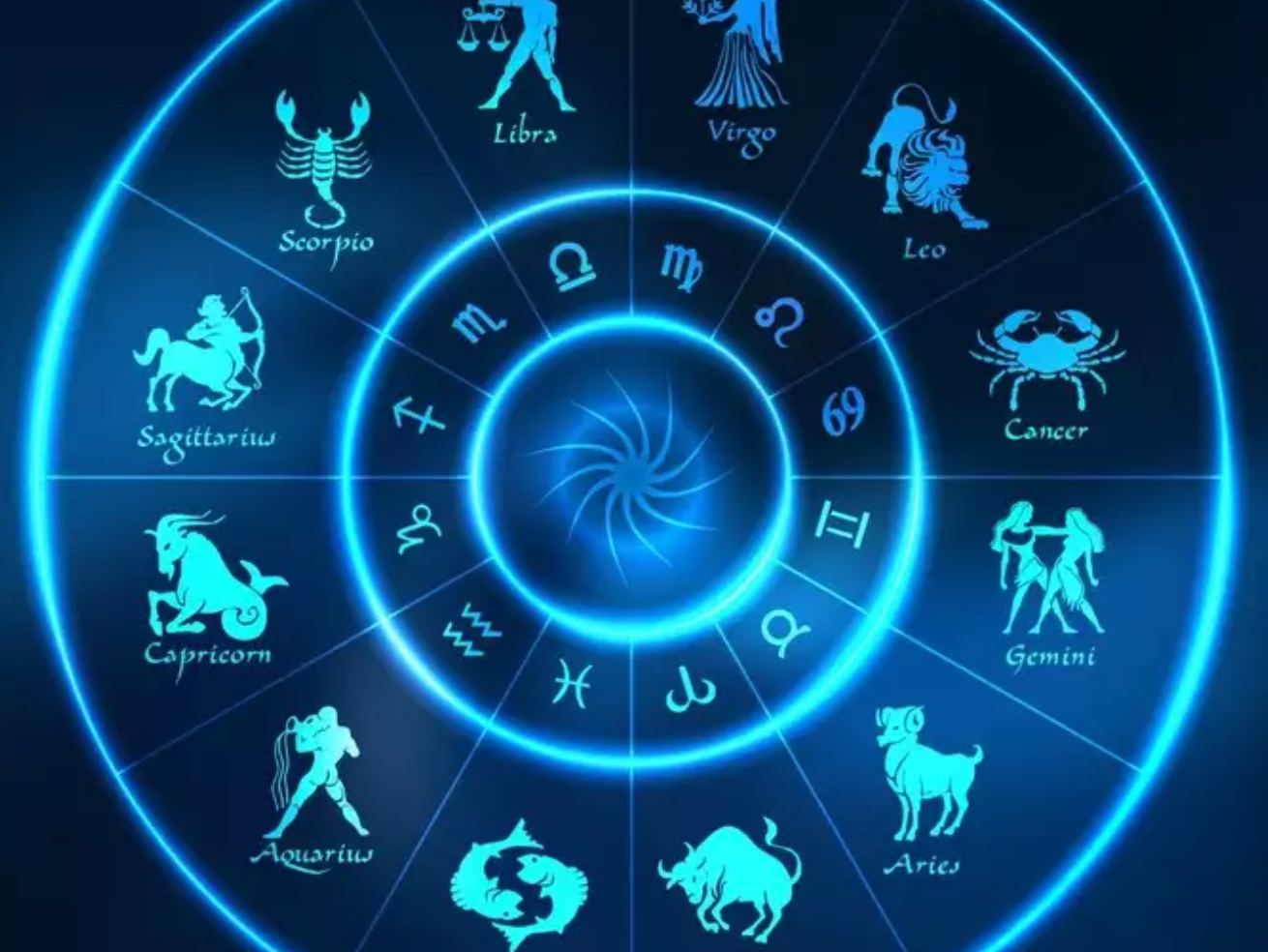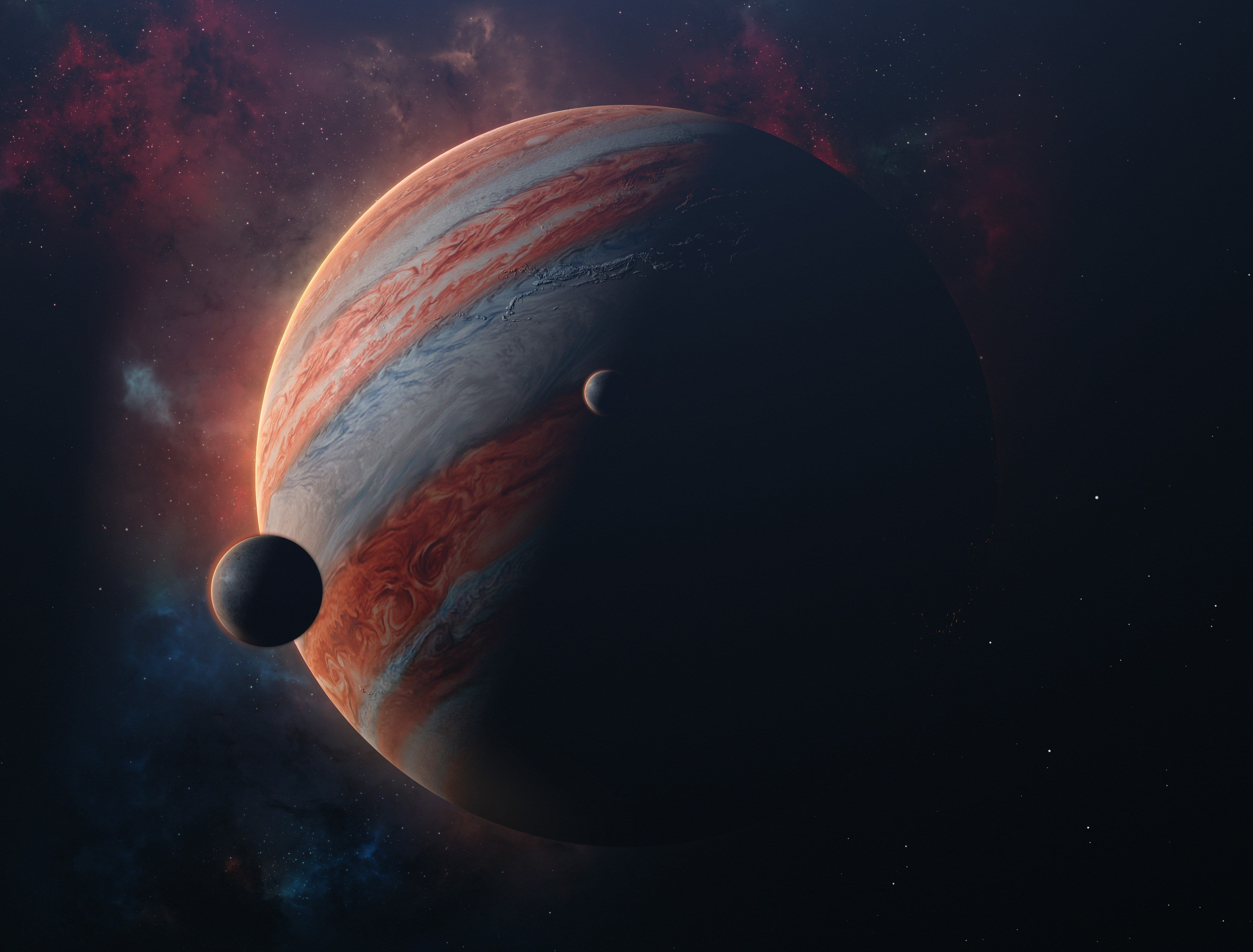Jyotishi- Indian Astrology
The Vedas believe in universal inter-connectedness. It gives the Hindus their core belief of ‘Paramatma’ - a universal force of energy where everything in this universe comes from. The ancient Hindu sky-watchers thus developed Indian astrology known as ‘Jyotishi’. It is a layout of the sky indicating planetary positions during the time & date of each person’s birth. It draws parallels between elements of the Earth, and planetary positions in the Universe, and judges its possible effects on an individual’s life. It developed simultaneously with tropical astrology, later adding elements of the Western system to its calculations during the Indo-Greek period.
Western Vs Hindu Astrology: Chart Maps
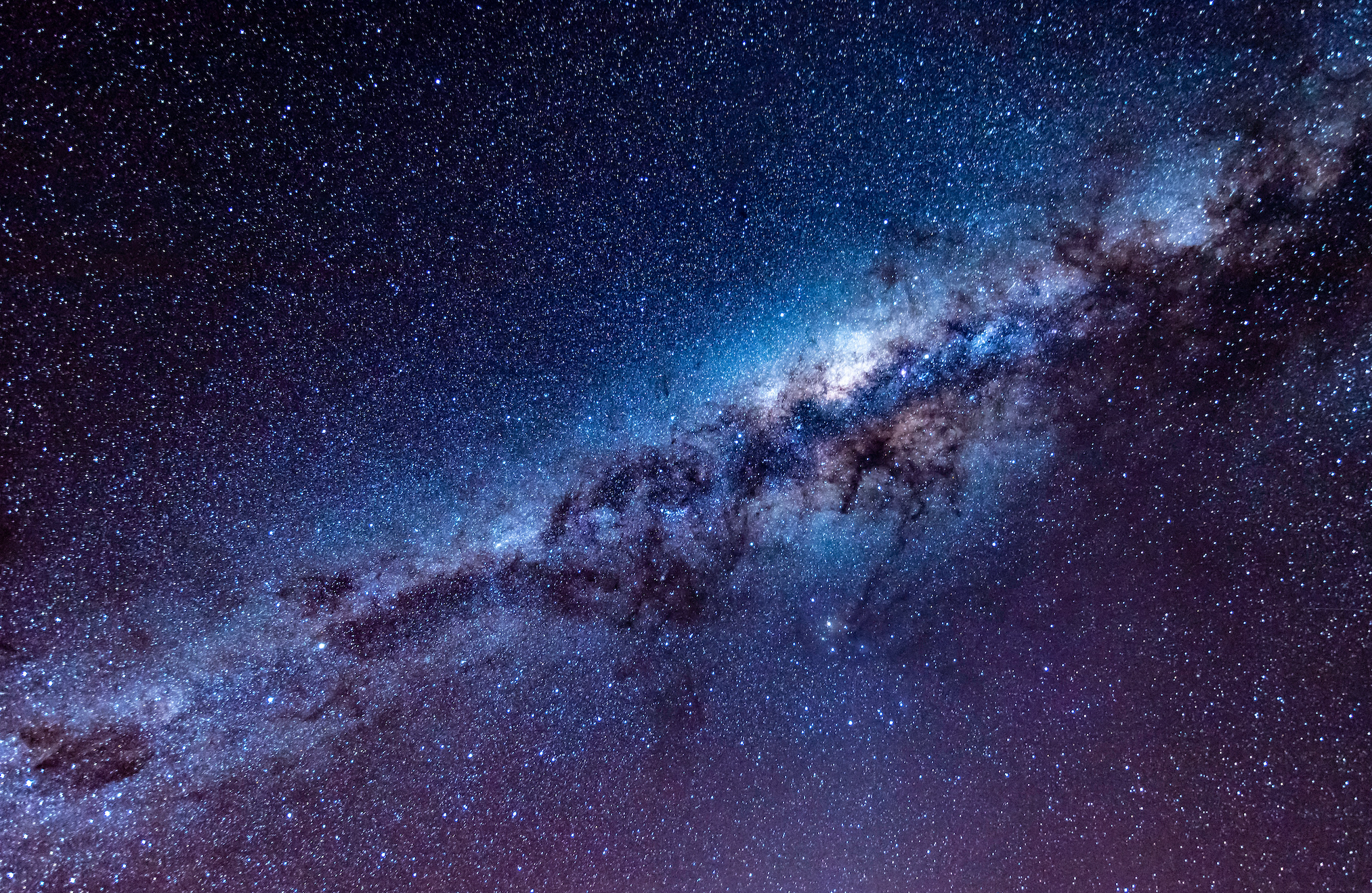
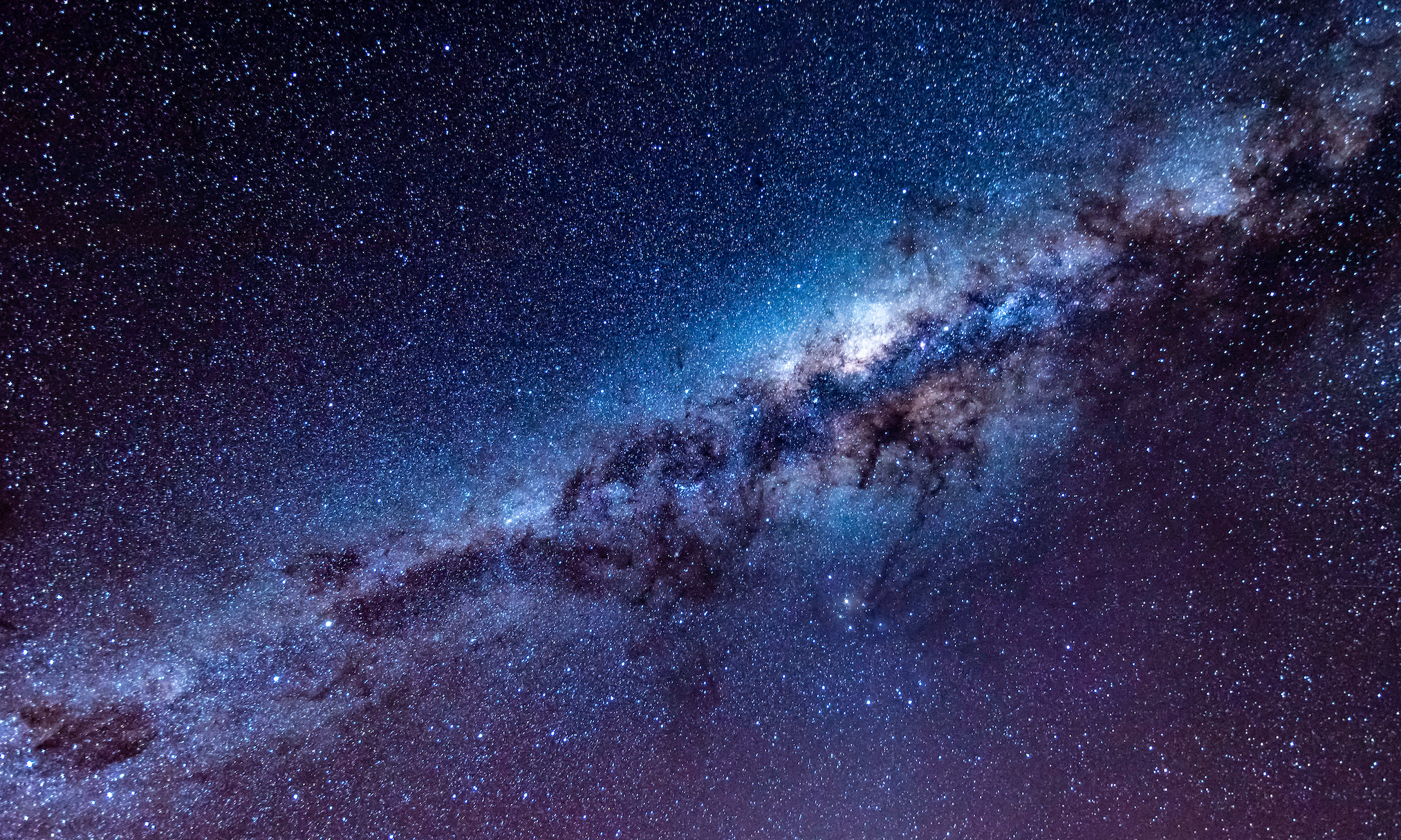
Hindus believe the galaxy revolves around itself. Therefore, Vedic astrology divides the sky into 12 parts referring to the center of the Galaxy being the focal point around which, the zodiac constellations exist. This center of the galaxy is known as ‘Vishnunabhi’- the navel of Lord Vishnu.


The Greeks believed that Earth along with other planets revolve around the sun. Thus, western astrology divides the sky into 12 parts using the sun as the center around which the zodiac constellations are divided. The planetary positions are hence fixed according to the Gregorian calendar.
Western VS Hindu Astrology: Philosophy
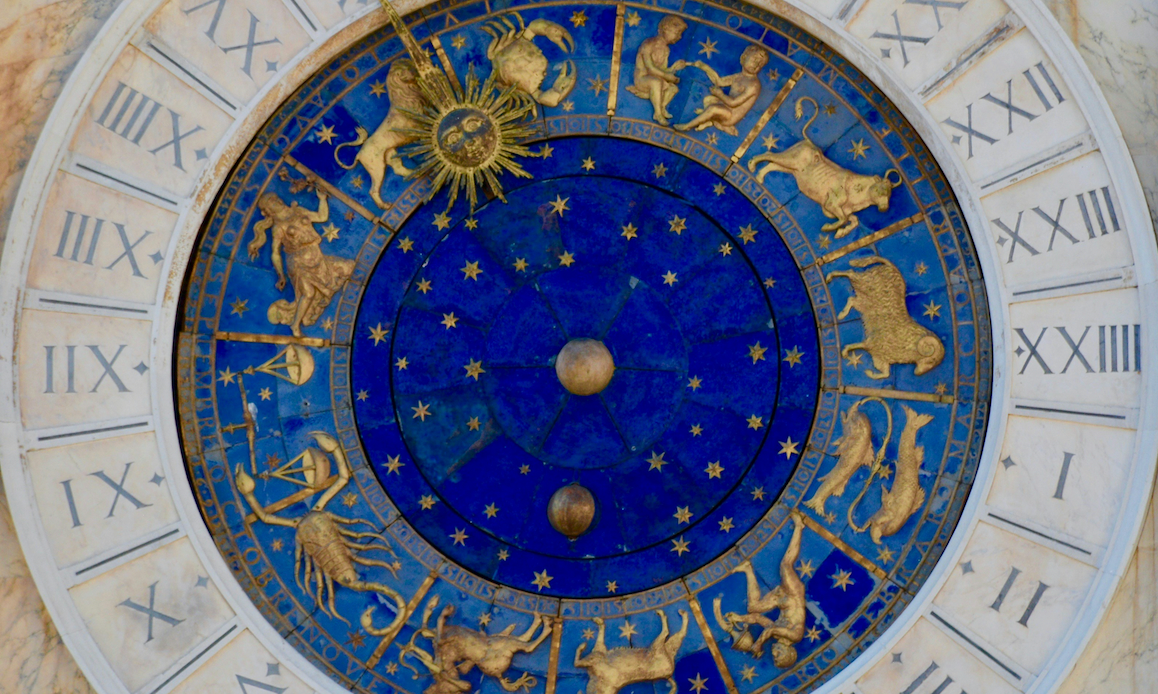
The purpose of Vedic astrology is to determine one’s past life Karmic debts, their duty in this lifetime, and their unique life path. Depending on the degree of the planets in the chart, it gives insight into the possible problems known as ‘Doshas’ & helps provide solutions. Also used to calculate compatibility between individuals.
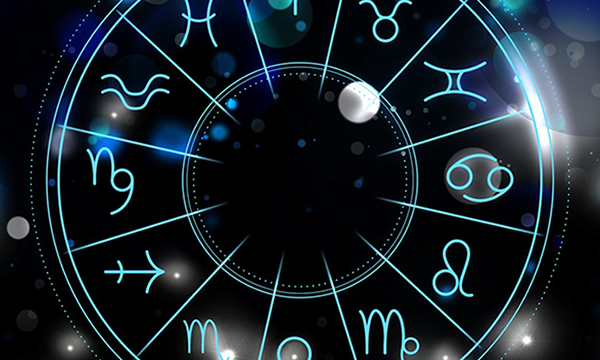
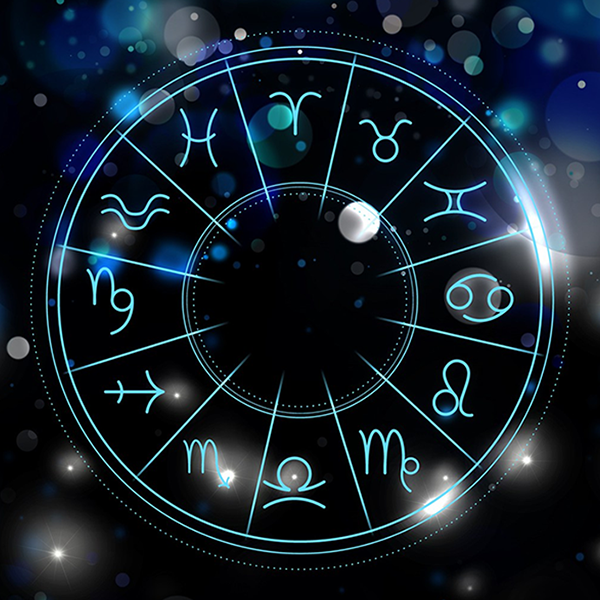
Western astrological charts are used to determine one’s personality, characteristics, and behavioural tendencies. It shows the changes one might go through during the various transits of the planets. Similar to Vedic charts, it also helps determine compatibility between the individual and their partner, family, or friends.
Gunas: Significant Qualities Associated With Each Planet

Sattva Guna:
Sattva represents inner peace and balance. Guru (Jupiter), Shukra (Venus), and Chandra (Moon) are associated with this guna.
Individuals with a higher degree of these planets are believed to have a greater sense of self-awareness and internal harmony.
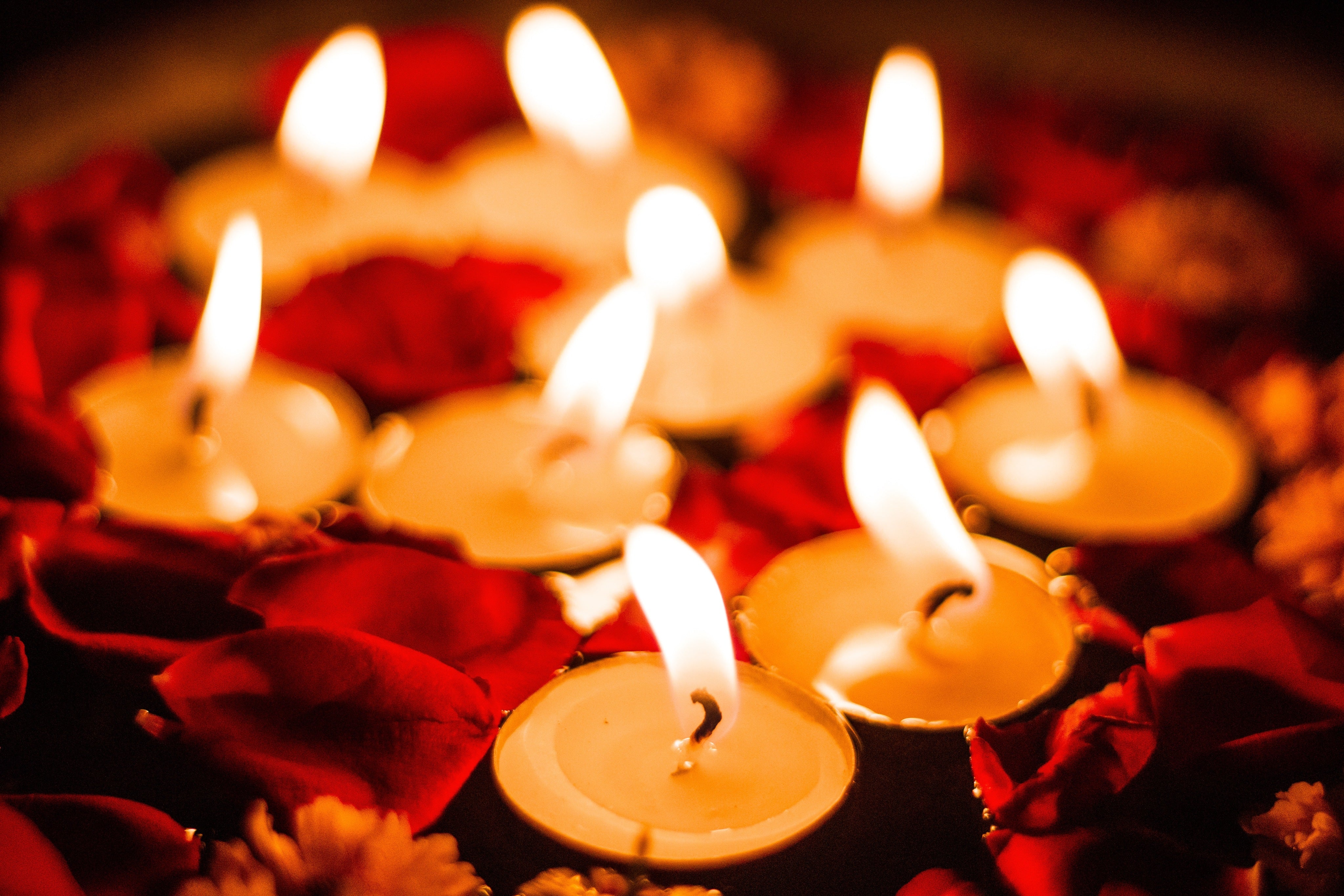
Rajas Guna:
Rajas represents the external characteristics of an individual, such as activity, ambition, and action. Surya (Sun), Budha (Mercury), and Mangala (Mars) are associated with this guna.
Individuals with a higher degree of these planets are believed to be ambitious, passionate, and driven.

Tamas Guna:
Tamas represents ignorance, laziness, and other darkness within the mind. Shani (Saturn), Rahu (north node of the moon), and Ketu (south node of the moon) are associated with this guna.
These gunas exist in all individuals at varying degrees. Individuals must balance the positive gunas with the dark guna for a harmonious life.
Astrological Wellbeing

Meditation:
To enhance the Sattva Gunas, it’s important to work on the inner self. It is recommended to meditate and practice breath work in order to cultivate inner peace.

Positive Healing:
To strengthen the Rajas Gunas, it is important to work on your external tendencies.
Recognising & focusing on the positives can help build confidence, & have a happier life

Set Goals:
To reduce the impact of the Tamas Guna within one’s chart, it is recommended to understand & work on your tendencies.
One must set reasonable goals and focus. Instead of avoiding tasks, one must strive to be active, & face doubts & fears.



